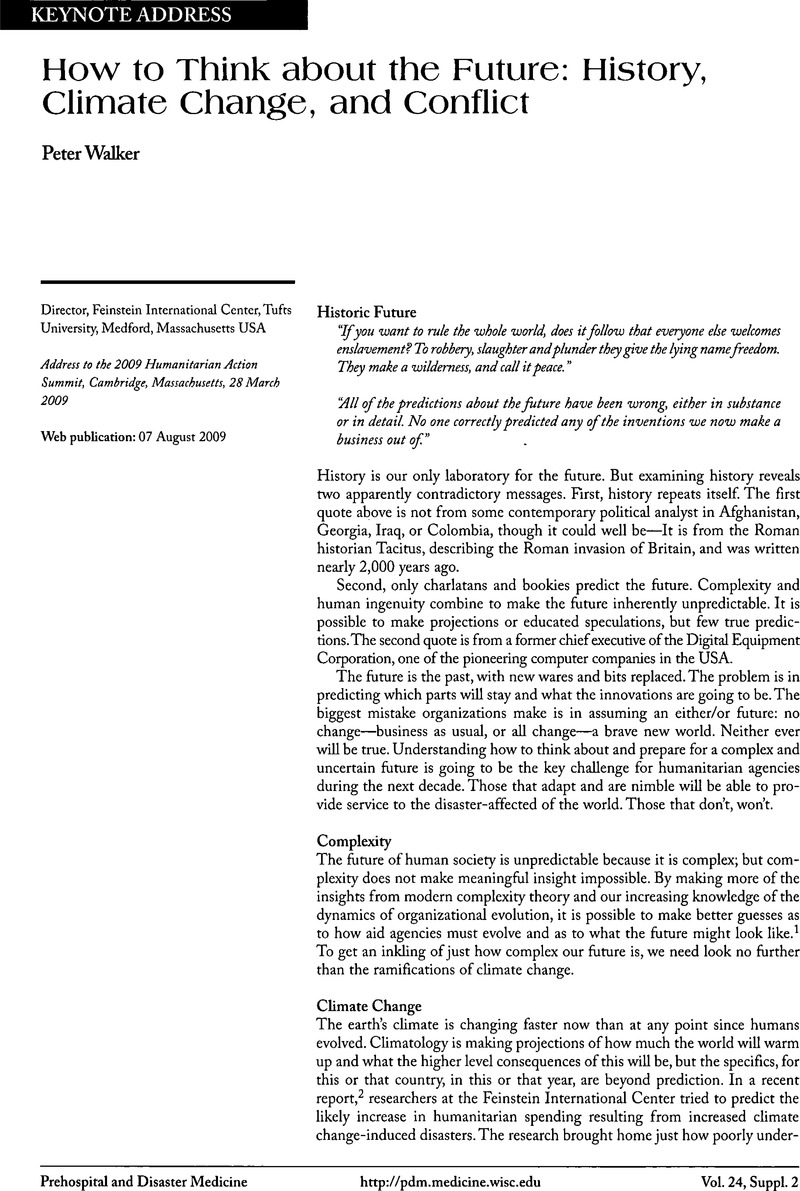Crossref Citations
This article has been cited by the following publications. This list is generated based on data provided by Crossref.
Maxwell, Daniel
Russo, Luca
and
Alinovi, Luca
2012.
Constraints to addressing food insecurity in protracted crises.
Proceedings of the National Academy of Sciences,
Vol. 109,
Issue. 31,
p.
12321.
Cuthbertson, Joseph
Rodriguez-Llanes, Jose M.
Robertson, Andrew
and
Archer, Frank
2019.
Current and Emerging Disaster Risks Perceptions in Oceania: Key Stakeholders Recommendations for Disaster Management and Resilience Building.
International Journal of Environmental Research and Public Health,
Vol. 16,
Issue. 3,
p.
460.



